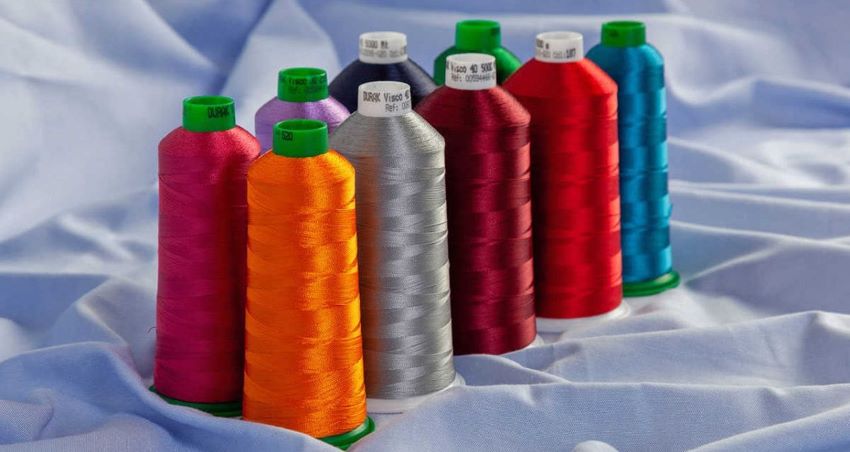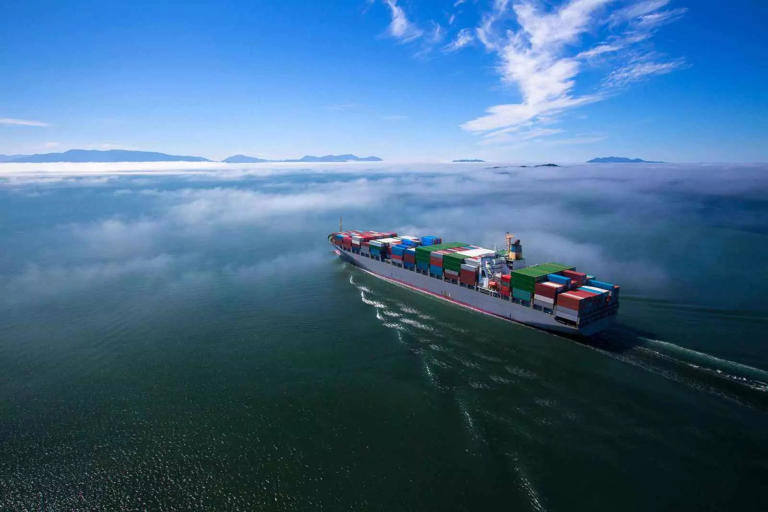
As expected, President Donald Trump announced the imposition of sweeping reciprocal tariffs on April 2. The aim is to address perceived trade imbalances by imposing a baseline 10 per cent tariff on all imports, with significantly higher rates for specific countries. This policy has sent shockwaves through the global textile and apparel (T&A) sector, an industry deeply intertwined with international supply chains.
Tariff breakdown and immediate implications
The new tariffs vary from country to country, reflecting the administration's strategy to match foreign tariffs and counter non-monetary trade barriers. Notably, China faces over 50 per cent tariff; the EU is subjected to 20 per cent; and 26 per cent tariffs are for Japan, South Korea and India. As The Guardian writes, these measures are intended to correct what the US administration describes as decades of unfair trade practices.
Impact on the textile and apparel sector
The fashion industry, heavily reliant on imports from Asia, is particularly vulnerable. Countries like China, Vietnam, and Bangladesh, which are major suppliers of textiles and apparel to the US, are directly affected. Vogue Business says the high tariffs are expected to raise production costs, leading to higher prices for consumers and potential shifts in sourcing strategies.
India's response
India, facing a 26 per cent tariff, is proactively seeking to mitigate the impact by pursuing a bilateral trade agreement with the US. The Apparel Export Promotion Council (AEPC) highlights that 28 per cent of India's textile and apparel exports are destined for the US, with tariff variations ranging from lower duties on cotton fabrics to as high as 33 per cent on man-made fibers. By negotiating a trade deal, India aims to secure more favorable terms and enhance its competitiveness in the US market.
Impact on the US domestic market
The introduction of reciprocal tariffs is expected to have mixed effects on the US domestic market. While the policy aims to protect domestic manufacturers, it will also lead to higher prices for raw materials and finished goods, affecting consumers and businesses alike.
- Higher consumer prices: Due to increased tariffs on imported textiles and apparel, retail prices for clothing and footwear are expected to rise by 15-25 per cent.
- Increased production costs: US-based manufacturers relying on imported fabrics and machinery will see operational costs rise, potentially leading to job losses.
- Shift in sourcing strategies: Brands and retailers may shift to domestic suppliers or explore alternative sourcing from countries in Latin America.
- Retail market struggles: Mid-tier and budget retailers, such as Walmart and Target, which rely on low-cost imports, are expected to face significant challenges.
Market, global reactions and economic forecasts
The announcement has led to immediate market volatility. As per Investopedia, major US stock indices saw significant declines in after-hours trading on April 2, 2025. The SPDR S&P 500 ETF fell by over 2 per cent, the Dow Jones ETF decreased by 1 per cent, and the Nasdaq-tracking Invesco QQQ Trust dropped up to 3 per cent. Companies with extensive global supply chains, such as Apple and Tesla, saw their shares fall approximately 6 per cent and 4 per cent, respectively. Apparel giants like Nike and Lululemon also saw a drop of 7 per cent and over 11 per cent, respectively.
International reactions have been swift and varied. China has condemned the tariffs and is considering countermeasures. As The Guardian reports the EU and Japan too criticized the move and are particularly concerned about the impact on their automotive industries. South Korea is seeking diplomatic resolutions, while India is exploring tariff reductions to ease tensions. Canada and Mexico, though exempt from the latest tariffs due to existing agreements, remain vigilant.
Table: Tariff impact by country and industry
|
Country |
T&A tariff (%) |
Affected sectors |
Expected price increase (%) |
|
China |
50%+ |
Apparel, Footwear |
20-30% |
|
India |
26% |
Cotton, Fabrics |
10-15% |
|
EU |
20% |
Luxury Apparel |
12-18% |
|
Japan |
26% |
Technical Textiles |
10-15% |
|
South Korea |
26% |
Synthetic Fibers |
8-12% |
Therefore, the latest tariffs imposition marks a significant shift in global trade dynamics, with profound implications for the textile and apparel industry. As nations navigate these changes, the sector faces a period of uncertainty, necessitating adjustments and diplomatic engagements to mitigate adverse effects and capitalize on emerging opportunities.











